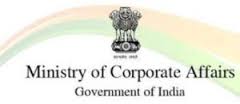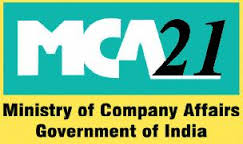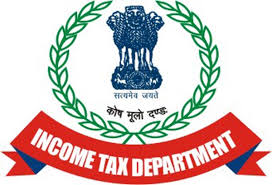 MCA has further revised/ increased the ‘paid-up capital’ and ‘turnover’ thresholds applicable in the case of ‘small companies’ under the Companies Act, 2013, to reduce compliance burden for more number of companies to be treated as ‘small companies’, as part of ‘ease of doing business’ initiative.
MCA has further revised/ increased the ‘paid-up capital’ and ‘turnover’ thresholds applicable in the case of ‘small companies’ under the Companies Act, 2013, to reduce compliance burden for more number of companies to be treated as ‘small companies’, as part of ‘ease of doing business’ initiative.
Earlier, the definition of “small companies” under the Companies Act, 2013 was revised by increasing these thresholds, i.e. paid up capital threshold was increased from not exceeding Rs 50 lakh to Rs 2 crore and turnover threshold was increased from not exceeding Rs 2 crore to Rs 20 crore.
These thresholds, now have been further revised/ increased to amend the definition of small companies, so that more number of companies can be treated as ‘small companies’, eventually to reduce their compliance burden. Now the paid up capital threshold has been increased from not exceeding Rs 2 crore to Rs 4 core and turnover threshold has been increased from not exceeding Rs 20 crore to Rs 40 crore, which effectively means that number of small companies will increase substantially.
In the recent past, MCA has taken several initiatives/ measures in the direction of ease of doing business for corporates, like decriminalization of various provisions of the Companies Act, 2013/ LLP Act, 2008, extending fast track mergers to start ups, incentivizing incorporation of One Person Companies (OPCs) etc.
Lakhs of small companies significantly contribute to the growth of Indian economy and generation of employment. Therefore, Government is making continuous efforts by such initiatives/ measures which create a more conducive business environment for law-abiding small companies, by reducing their compliance burden so that they can focus more on their core business.
It may be noted that small companies are eligible for certain benefits/ relaxations, in the form of reduced compliance burden, some of which are listed hereunder:
i) No need to prepare cash flow statement by small companies, forming part of financial statement,
ii) Advantage of preparing and filing an Abridged Annual Return,
iii) Mandatory rotation of auditor not required,
iv) An Auditor of a small company is not required to report on the adequacy of the internal financial controls and its operating effectiveness in the auditor’s report,
v) Holding of only two board meetings in a year,
vi) Annual Return of the company can be signed by the company secretary, or where there is no company secretary, by a director of the company,
vii) Lesser penalties for small companies, etc.
In view of the fact that ‘paid up capital’ and turnover’ thresholds applicable for ‘small companies’ under the Companies Act, 2013 have been further revised/ increased, this will allow more number of companies to enjoy relaxation from certain compliance burdens.
The definition of ‘small companies’, the MCA has issued Notification dt. 15/09/2022 on Companies (Specification of definition details) Amendment Rules, 2022..
 The MCA vide General Circular No. 09/2022 dated September 28, 2022 extends the timeline for filing e-form DIR-3-KYC and web-form DIR-3-KYC-WEB without fee upto October 15, 2022.
The MCA vide General Circular No. 09/2022 dated September 28, 2022 extends the timeline for filing e-form DIR-3-KYC and web-form DIR-3-KYC-WEB without fee upto October 15, 2022.




